Trending travel articles
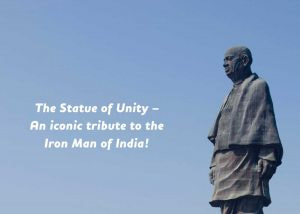
The Statue of Unity – An iconic tribute to the Iron Man of India!
Summary: This blog showcases the Gujarat Statue of Unity, the world’s tallest statue at 182 meters, located in Kevadia. It covers key attractions like the viewing gallery, Sardar Sarovar Dam views, and nearby facilities like the museum, hotel, and memorial garden. Tourism in the state of Gujarat is becoming very popular. Many visitors are traveling […]
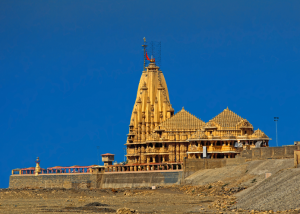
Discover Gujarat Somnath Temple In 2025 – A Journey Through Time And Devotion!
Summary: Delve into the spiritual and historical significance of the Somnath Temple in Gujarat. The blog provides insights into the temple’s architectural grandeur, its importance in Hindu mythology, and tips for travelers planning a visit to this revered pilgrimage site. Are you aware of the Gujarat Somnath Temple? If you said no, you are losing […]

7 Incredible Places To Celebrate krishna janmashtami 2025 In India!
Summary: Krishna Janmashtami 2025 – Celebrate the birth of Lord Krishna by visiting these 7 significant places in India during Janmashtami. The blog highlights Mathura, Vrindavan, Dwarka, Nathdwara, Udupi, Puri, and Mumbai, detailing the unique traditions and festivities each location offers during this auspicious occasion. India is a kaleidoscope of vibrant festivals and celebrations, each […]
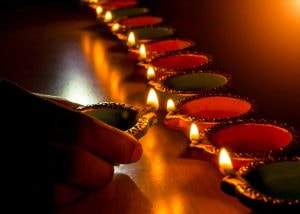
Diwali 2025 Wanderlust: The 10 Best Places To Visit In Diwali Vacation In India!
Summary: Best Places To Visit In Diwali Vacation In India (Last Updated: August 2025) – This blog lists the best places to visit on Diwali vacation in India, from culturally rich cities like Varanasi and Jaipur to scenic spots like Udaipur and Amritsar, where travelers can witness grand celebrations and vibrant festive lights. Diwali, the […]

Discover 10 Best Places To Visit In India in September During 2025!
Summary: Looking for the best places to visit in India in September? (Last Updated: August 2025) – From the golden deserts of Jaisalmer to the green valleys of Sonmarg, September offers travellers a chance to enjoy both serenity and adventure. This blog takes you through the ten best places to visit in India in September, […]
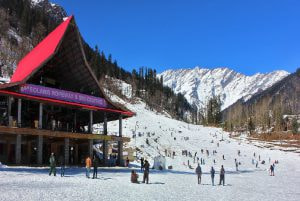
10 Best Places to Visit in India in July 2025 to Relish the Monsoon Season!
Summary: This article lists the 10 best Places to visit in India in July to relish the monsoon season. It features Bikaner, Dwarka, Varanasi, Bhubaneshwar, Jaipur, Srinagar, Leh, Haridwar, Kochi, and Manali, highlighting their unique attractions during the rainy season. In India, July heralds the end of the busiest summer travel season and the start […]
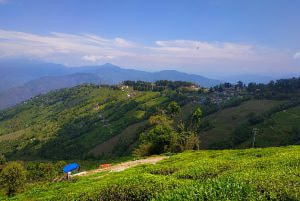
10 Best Places To Visit In May In India In 2025 For Summer Vacation: From Abu To Munnar!
May is a legit holiday month across India, with a summer break for most educational institutions. And if you are not taking a vacation in May, you probably work too much. After all, a little downtime is imperative for all of us! India’s summers can be stark, especially in May. You may not wish to […]
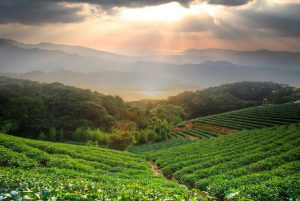
Check Out These 10 Best Places to Visit in India in April 2025 with Your Loved Ones!
As the summer season dawns, the sun shines brighter in India, and nature breathes a sigh of relief. Even though some parts of India get a little warm during this month, there are some that look incredibly stunning. There are some interesting Best places to visit in India in April, with peaceful surroundings, ideal for […]
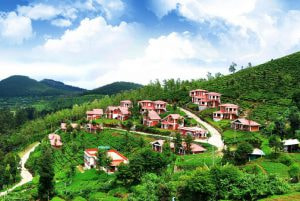
10 Best Places To Visit In March In India 2025: From Udaipur To Lonavala!
Some of the best places to visit in March in India are the cheerful festivals, pleasant weather, and vibrant nature. In India, March ushers at the start of spring. It is the time of year when the nation’s abundant natural beauty is on full display. As a result, it is an ideal month for all tourism […]

Take a Trip to the Best Places to Visit in India in February 2025!
When it comes to visiting India, the month of February is ideal. During this time, it is not just the weather on your side but also the changing seasons. The perfect weather makes February a great time to visit Indian tourist destinations. There are lots of the best places to visit in February in India, whether you […]

.jpg&w=1920&q=90)
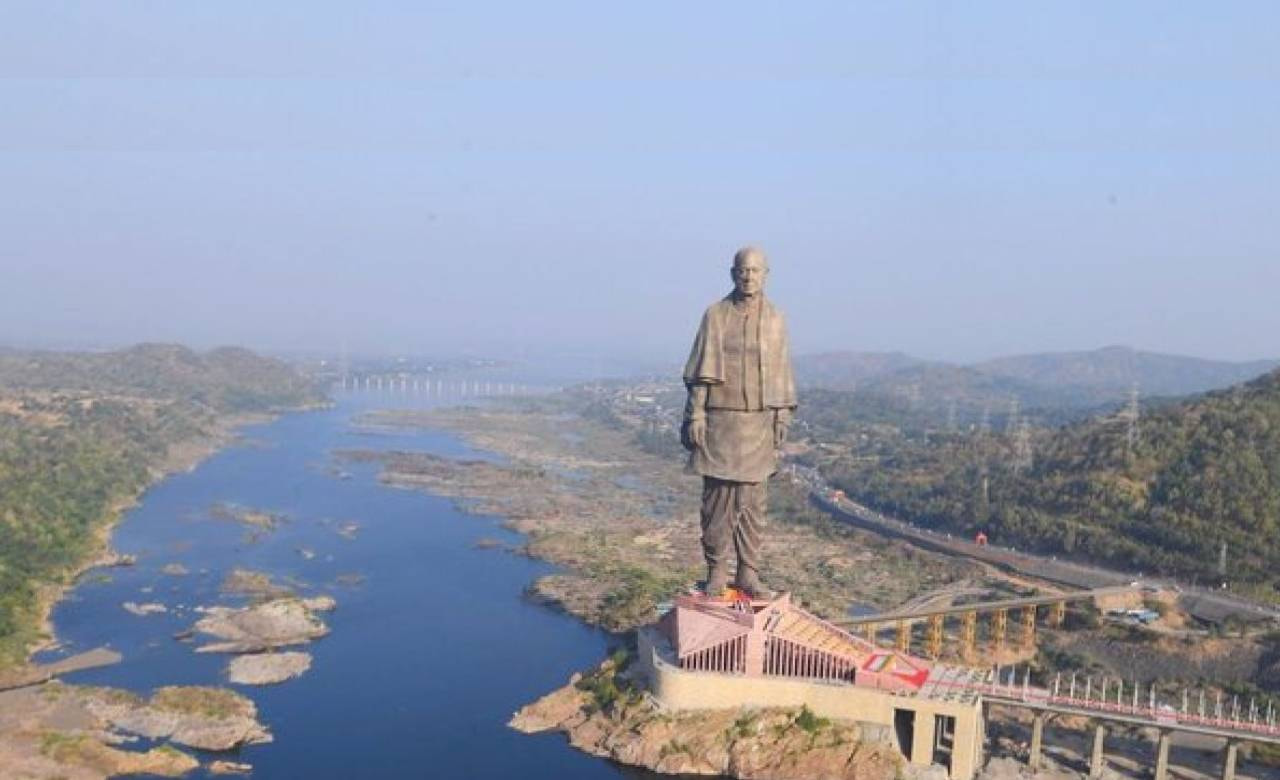
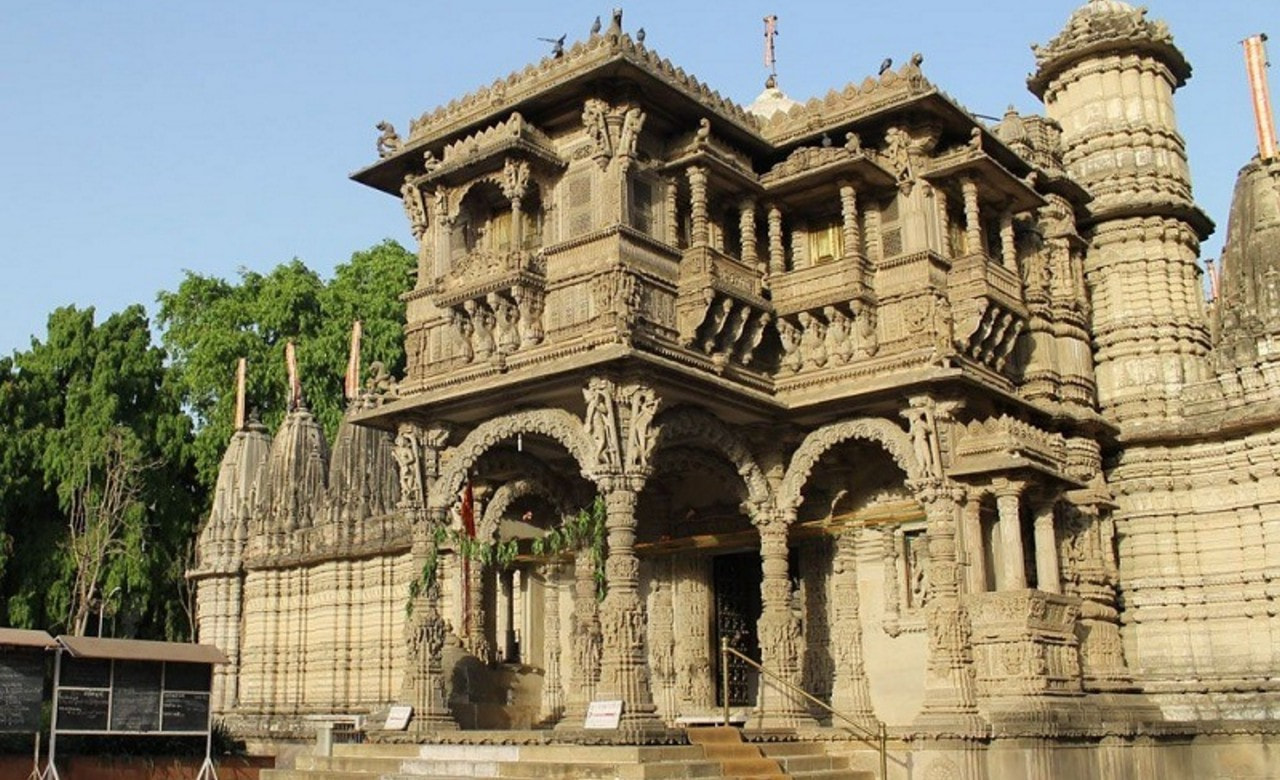
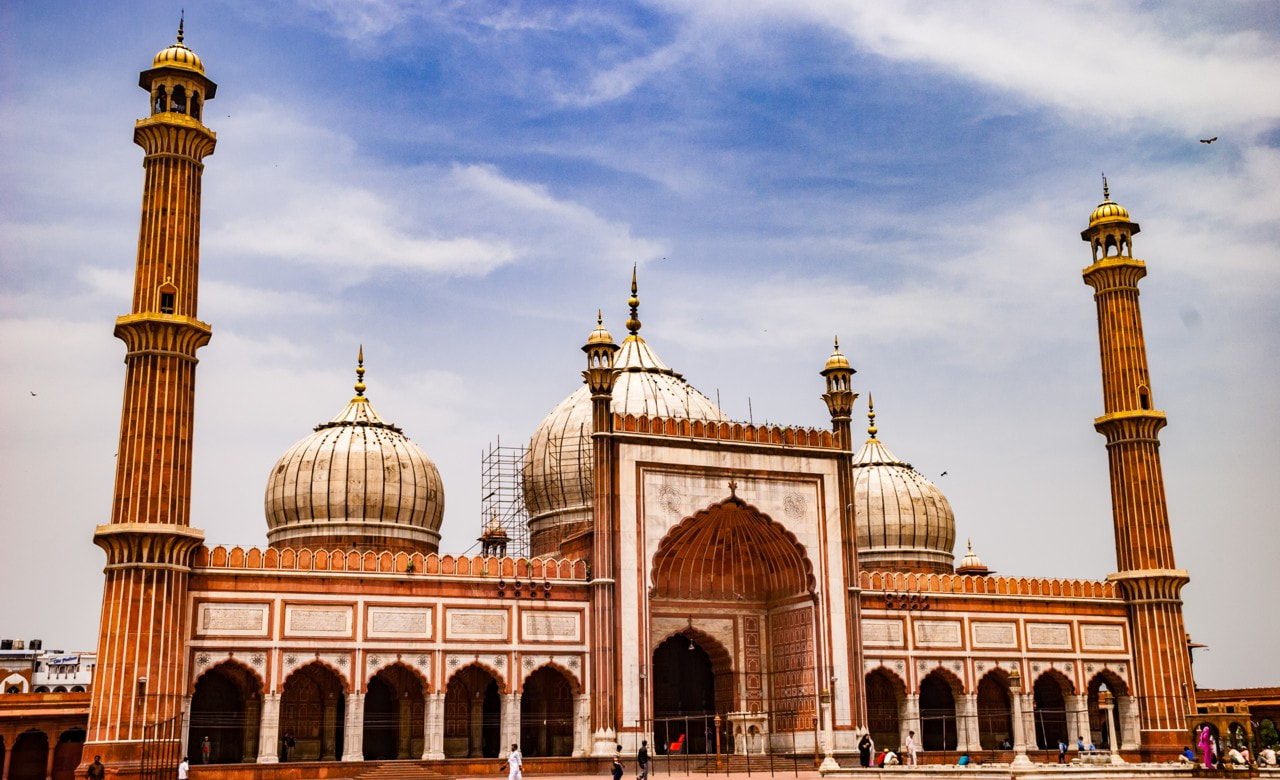
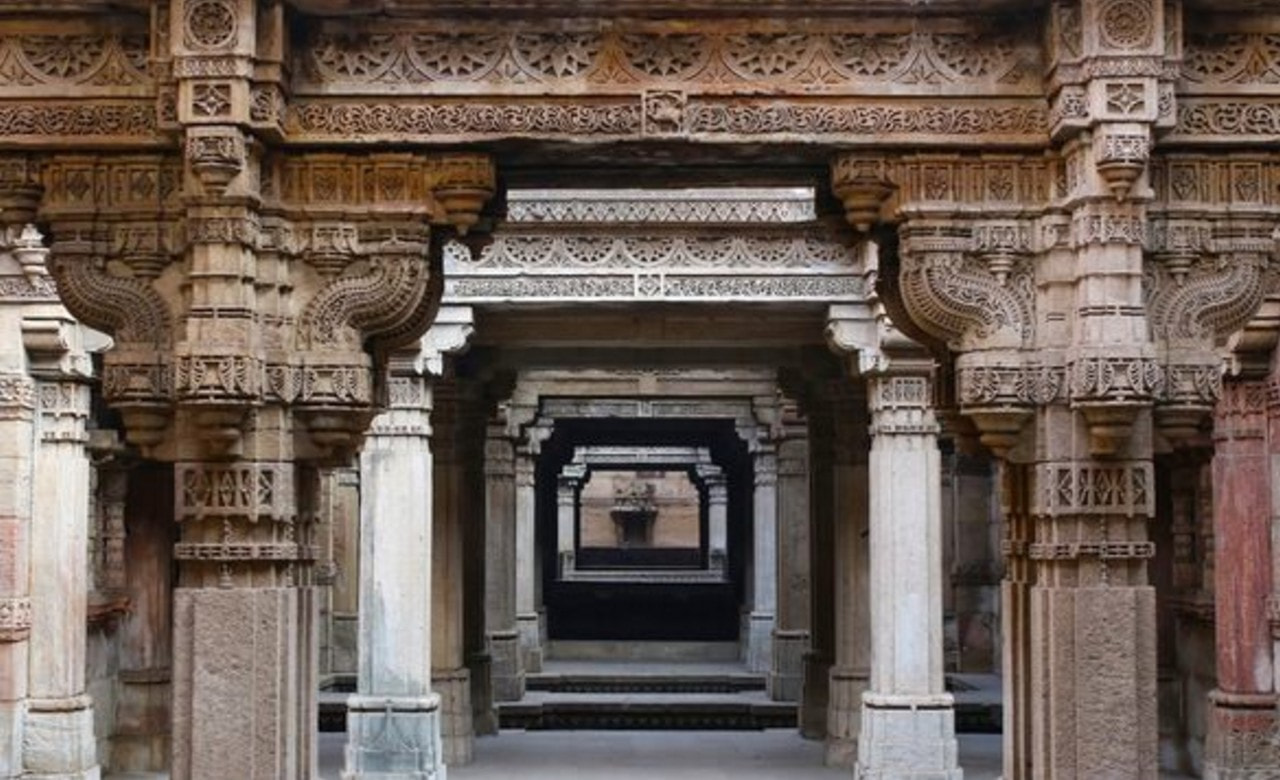
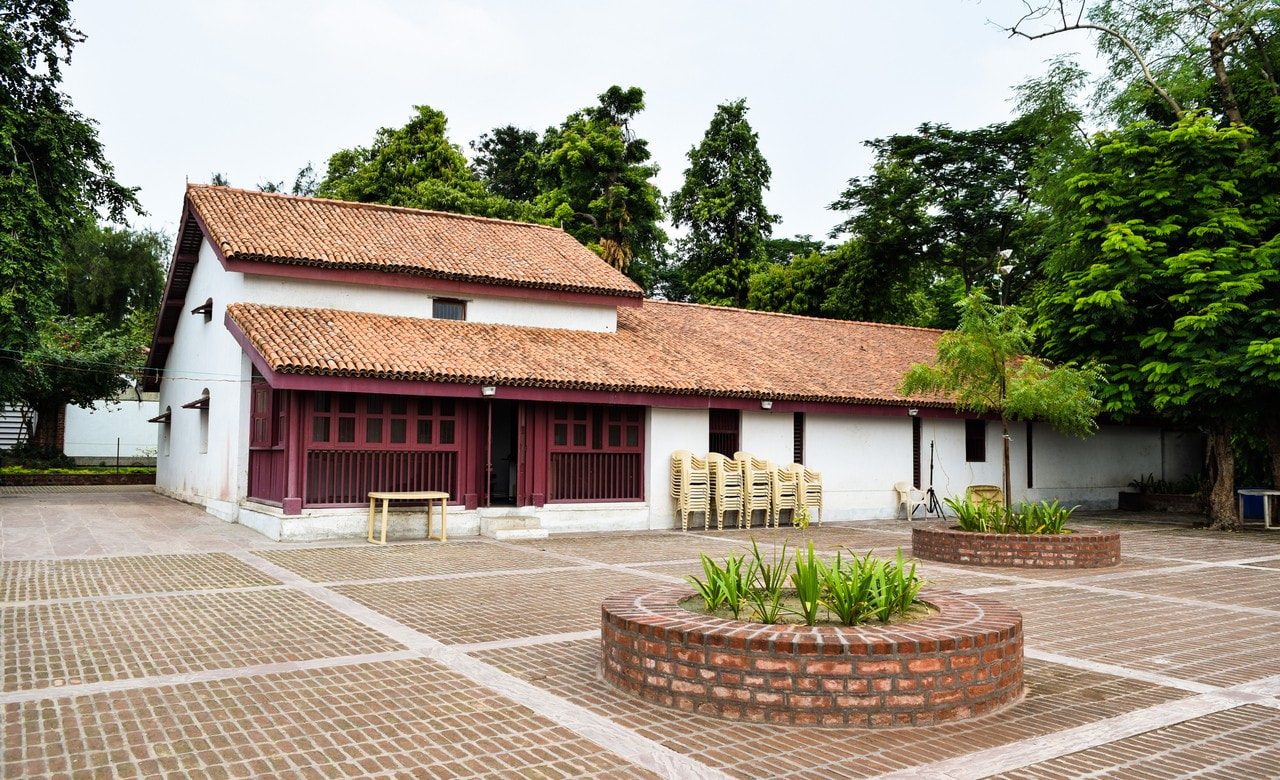
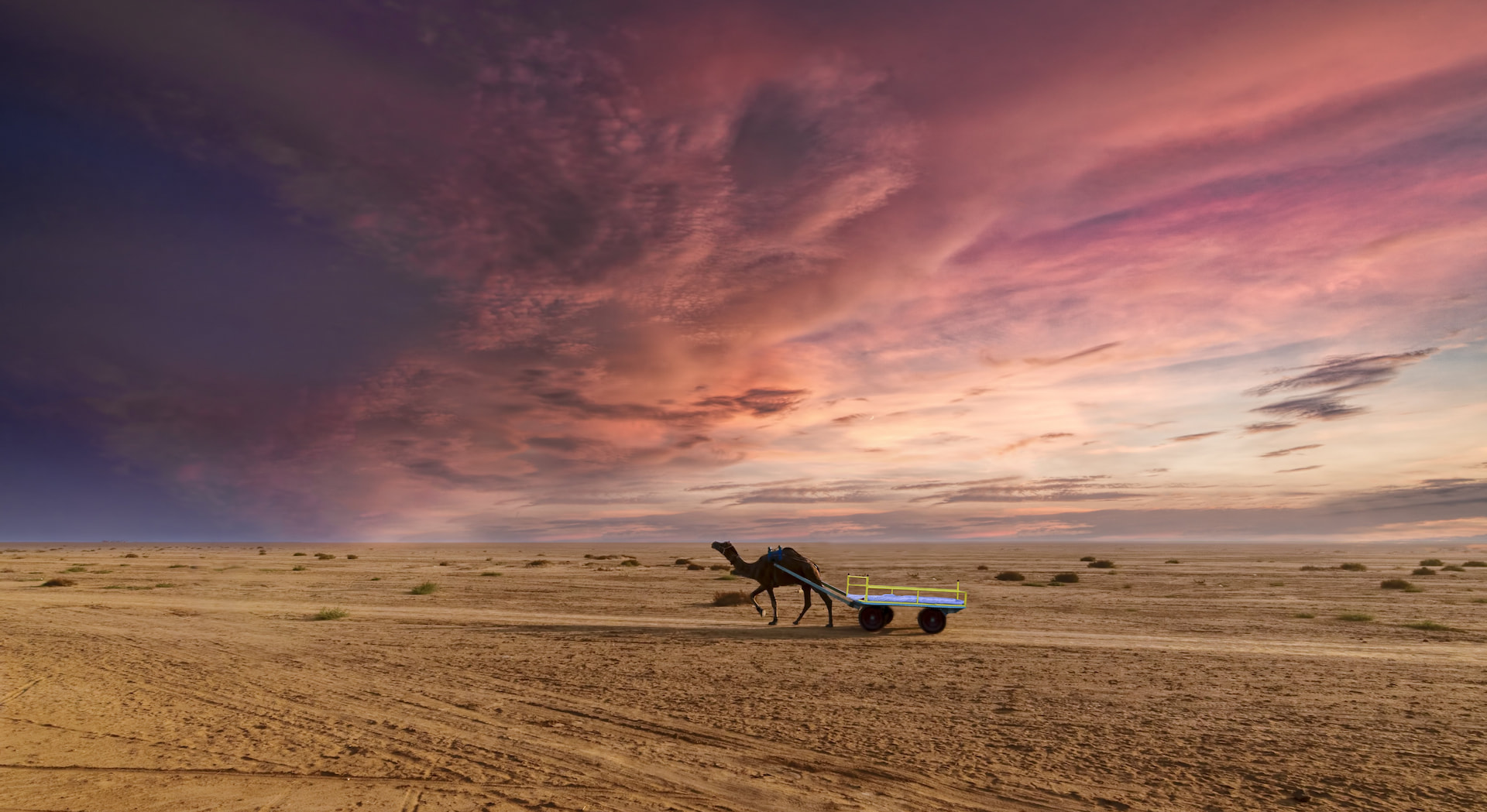
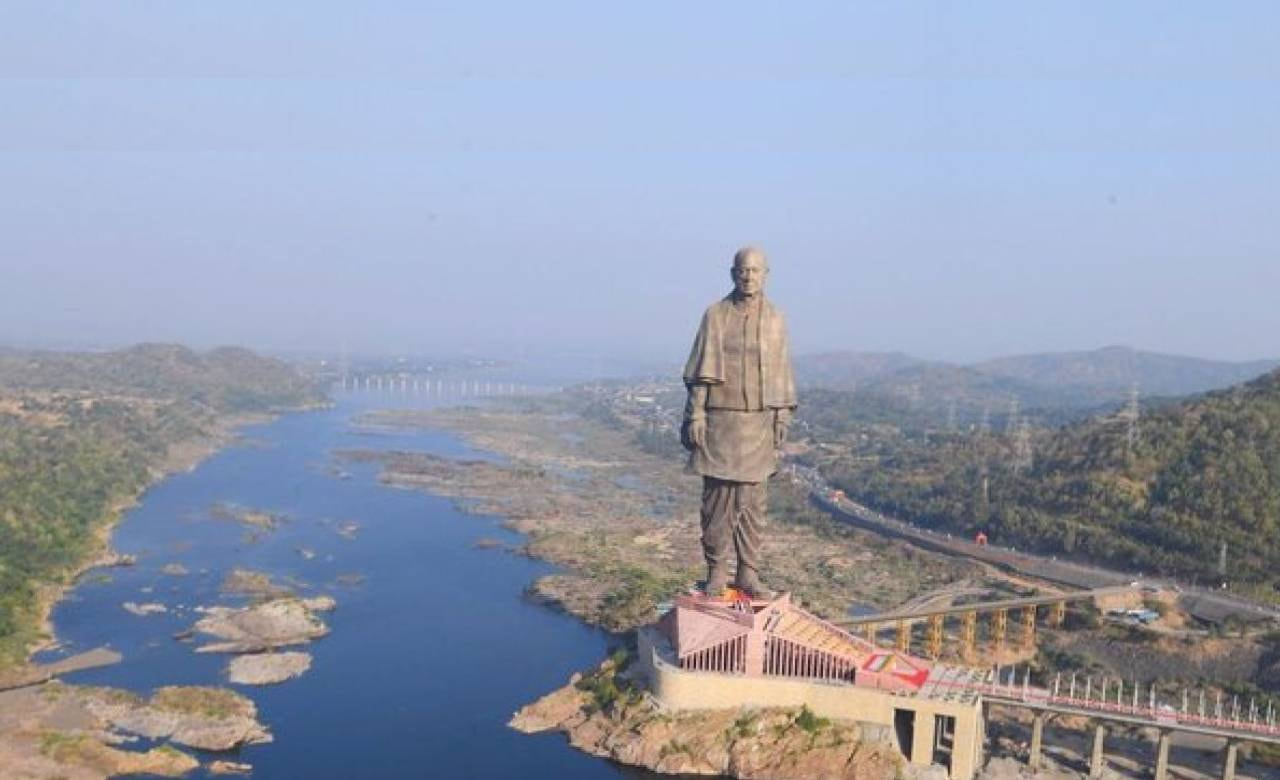
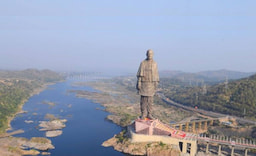
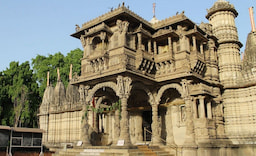
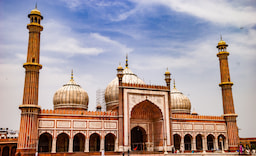
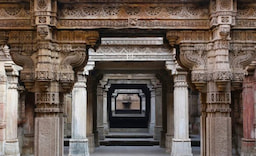
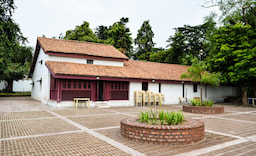

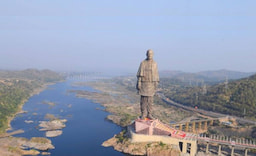
.jpg&w=256&q=90)